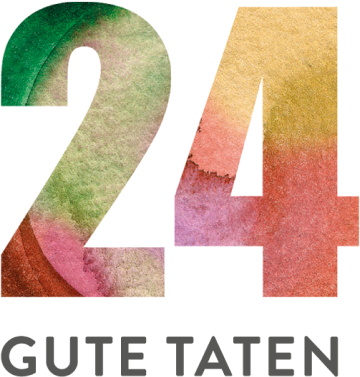Day - 4
5 minute plastic waste workshop for a child in Germany
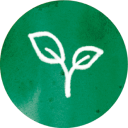 Garbage collecting, learning and photo art for clean rivers and seas!
Garbage collecting, learning and photo art for clean rivers and seas!
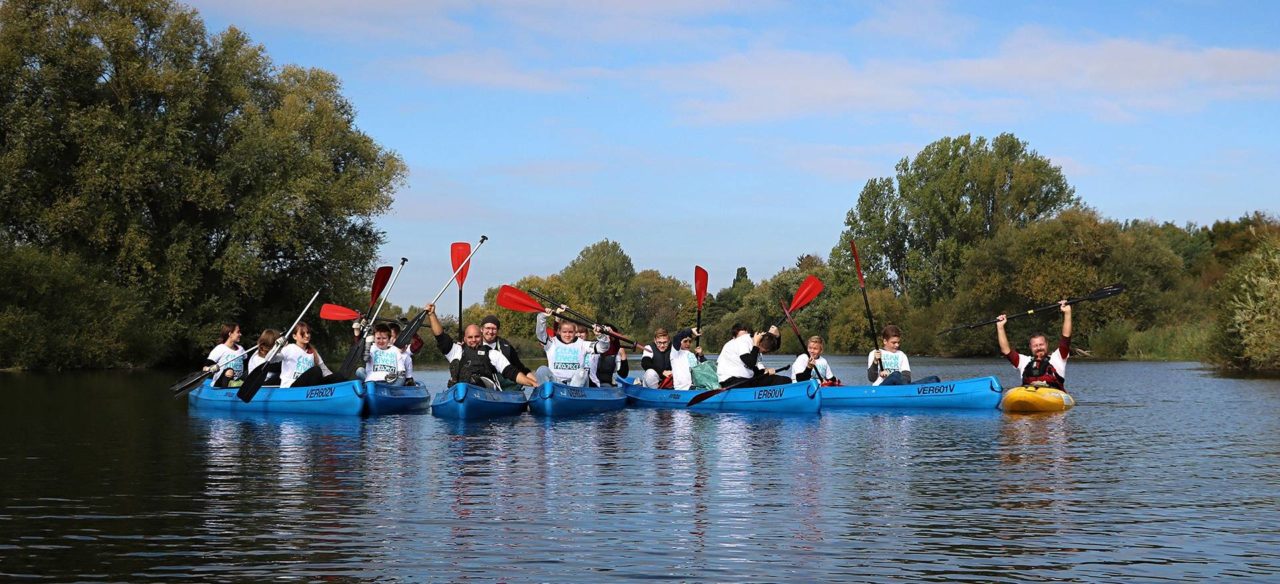
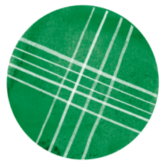
Educational work with the “Clean River Kids” for sustainable development

need
Sustainable behavioral change in dealing with plastic for the long-term protection of our waters and marine ecosystems.
activity
Organizing school projects to raise awareness about the problem of plastic pollution and to provide alternative courses of action.
Measurable performance
Number of children reached per school project and the amount of garbage collected together.
Result
The children experience and understand the problem and learn to act in an environmentally friendly way.
Systemically relevant impact
Education and awareness promote the change away from a throwaway society towards a sustainable approach to our ecosystems.
background
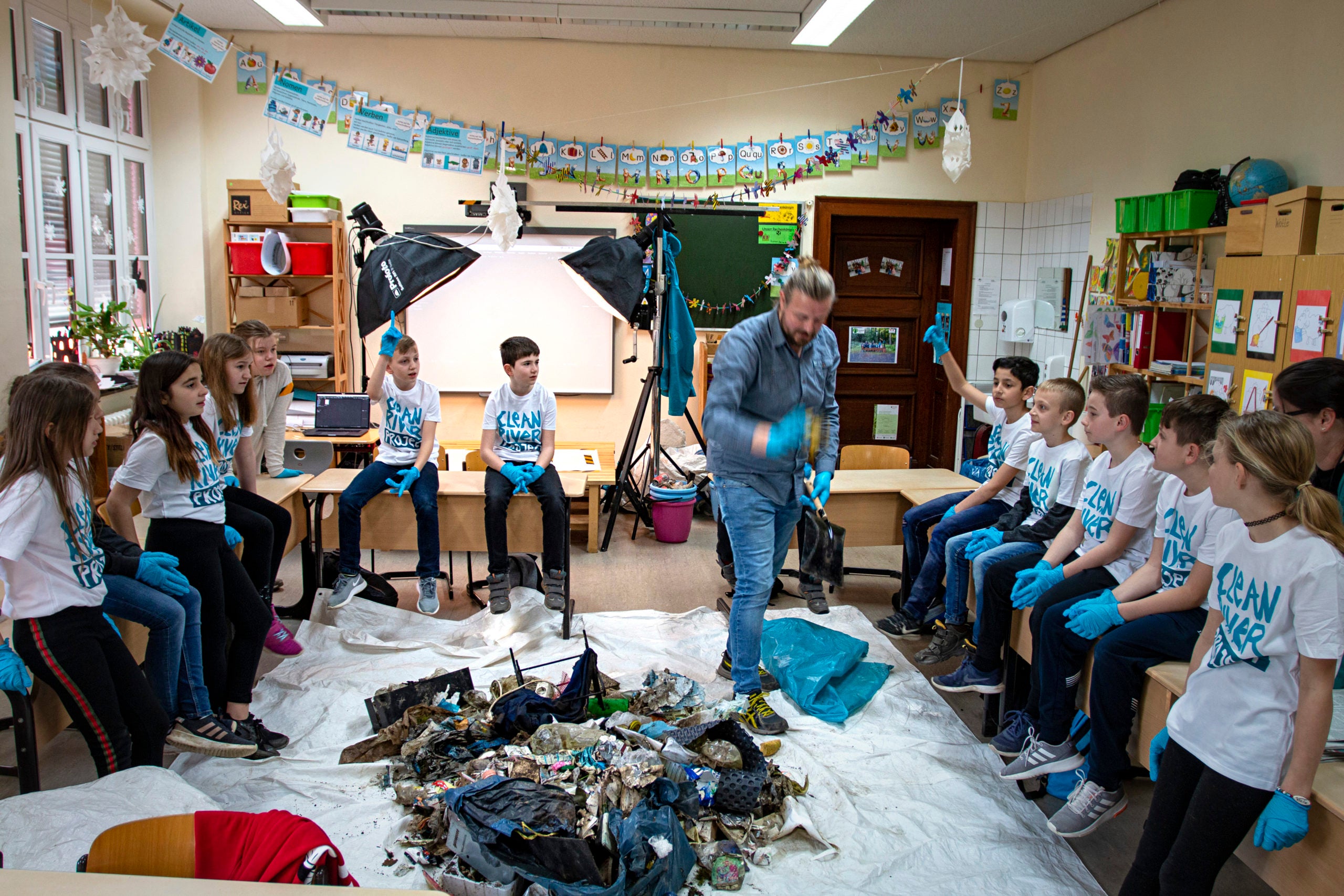
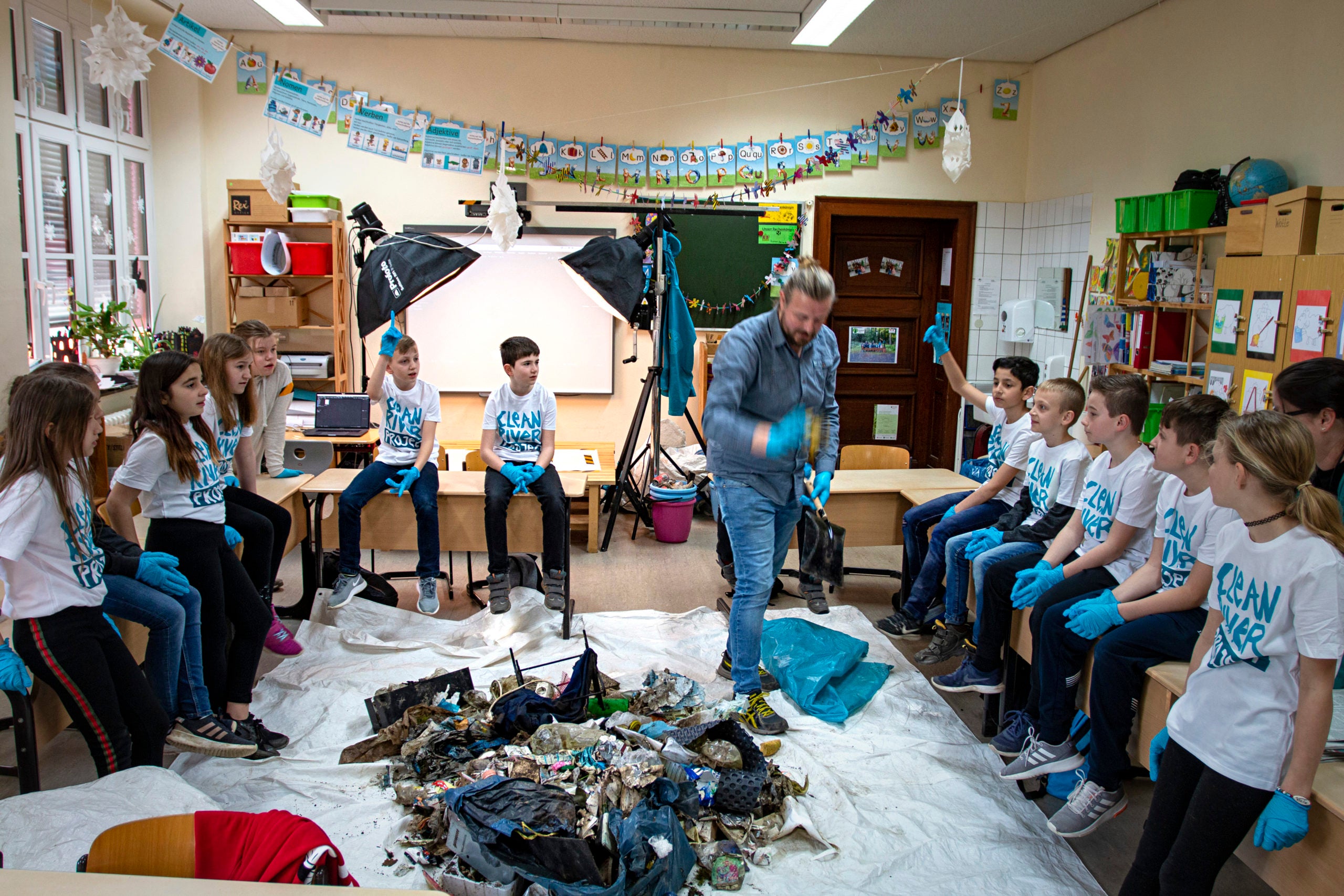
The good deed
AboutGermany

Berlin
Capital city
83 240 525
Population
45,723.6
Gross domestic product
per capita per year

Rank 6 of 189
Human Development Index
(Human Development Index)
